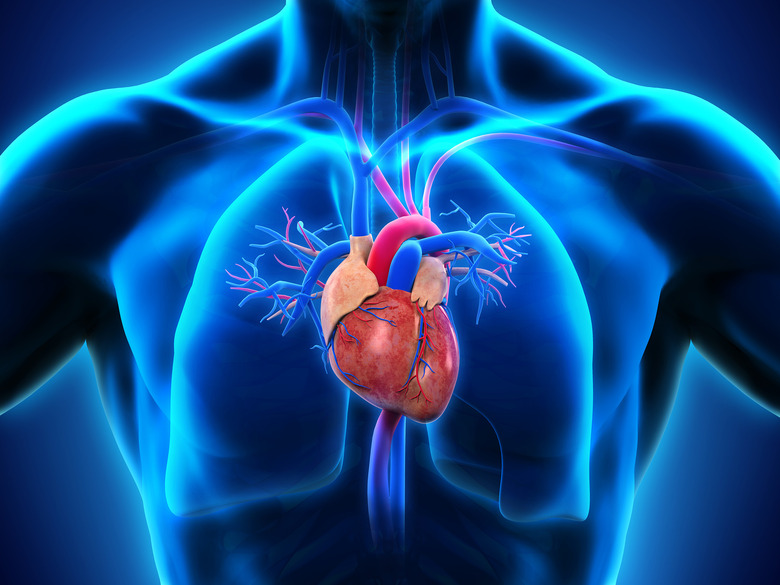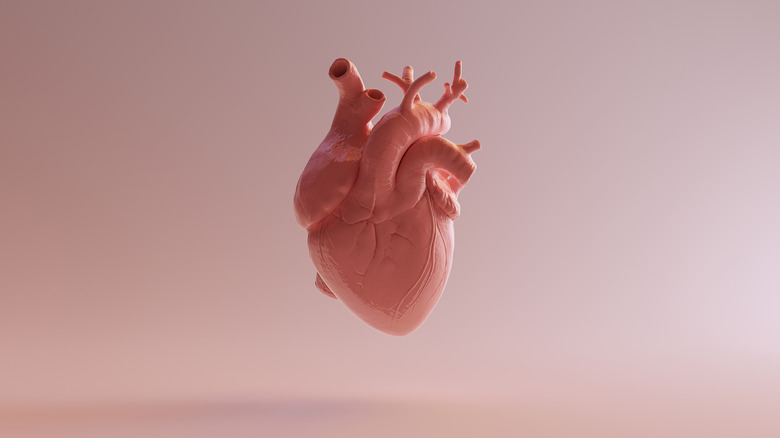Researchers Grew A Piece Of The Human Heart, And It Actually Beats
Researchers grew a piece of a human heart in a lab. The new model isn't an entire heart. Instead, it's a model of the ventricle, one of the heart's major parts. The researchers say they reverse engineered the millimeter-long vessel. This allowed them to create a model that not only beats like the real deal but it can also pump fluid through it, just like in a living human heart.
Researchers grew a piece of a human heart in a lab
Being able to study parts of the human heart in-depth has been difficult. That's because there have only been a handful of options available to study how a diseased or healthy heart pumps blood.
Organs obtained through autopsy provide authenticity. However, since they're not functional, they provide no insight into the heart's activity. Tissue cultures are also nice, but they're often flat. As a result, they don't capture the full hydraulics of the heart, which is a three-dimensional, pulsing mass of tissue.
With this new model, though, Sargol Okhovation, a biomedical engineer with the University of Toronto, notes in a statement that they'll be able to "measure ejection volume – how much fluid gets pushed out each time the ventricle contracts – as well as the pressure of that fluid."
This is a huge step forward for studying the heart and cardiovascular diseases, especially if they can engineer diseases in these lab-grown hearts. Growing parts of the human heart in a lab will allow scientists to study particular parts of the organ. This model should also allow us to test how a living heart functions when under the influence of new treatments.
Open new doors for studying cardiovascular disease
The most obvious benefit of growing a human heart in a lab is that it lets us see the organ as it functions. Because the model the engineers created actually beats, we can see how the fluid leaves the heart and at what force it does so. This can help us determine better ways to administer treatments for cardiovascular disease.
Research into cardiovascular disease and treating it has improved a lot over the decades. However, heart problems still claim the lives of nearly 18 million people each year. With new models like this, though, scientists may be able to push research to new levels. Further, the researchers say it's possible that in the future, they may be able to make a living, beating organ transplant.
Currently, requiring an organ transplant often requires waiting on a list for an available donor to come along. Sadly, the person in need of the transplant may not always survive that wait. If we can grow human hearts and other organs, we'll make transplants much more viable, as we'll have a steadier supply of transplantable organs.
The engineers published a paper on the lab-grown human heart in Advanced Biology.

